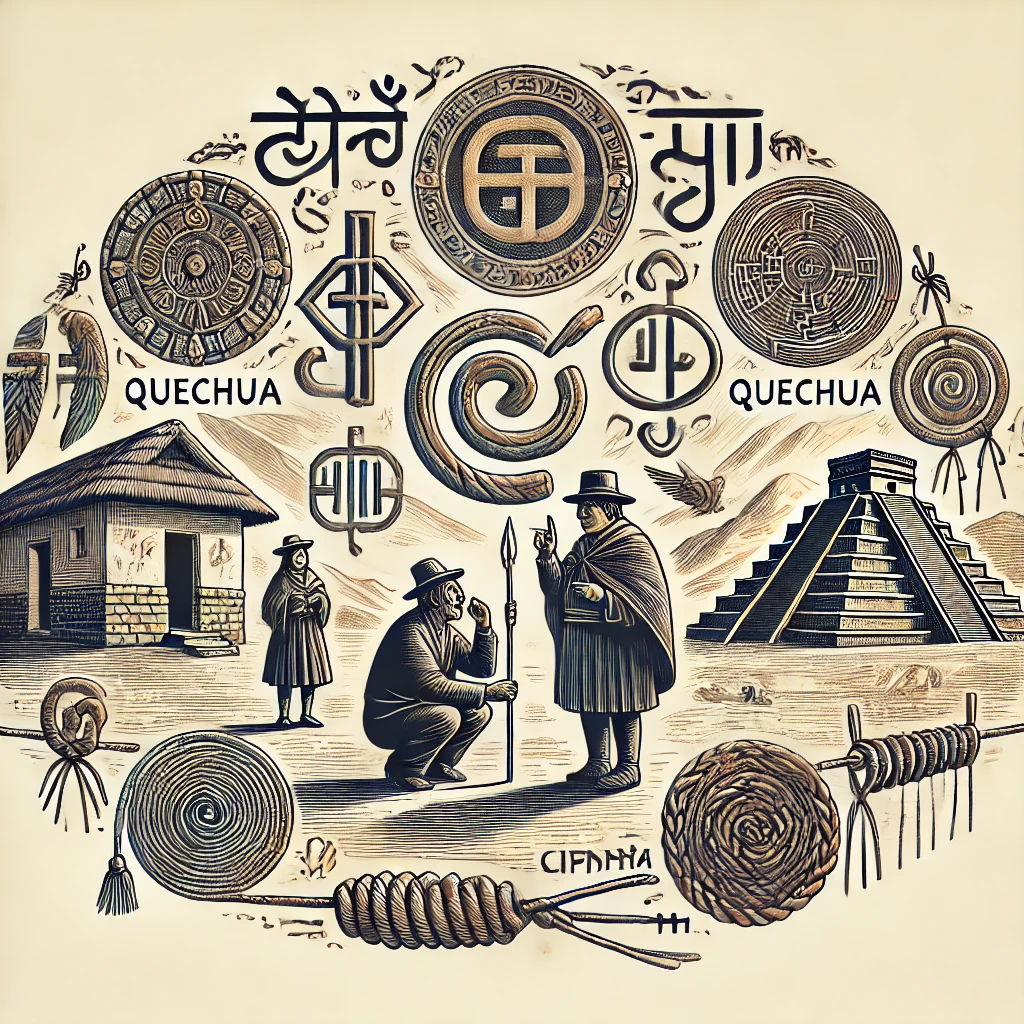Explore the Inca civilization, learn about the Quechua language, and discover its lasting impact on modern culture in this insightful blog post.The Inca Empire, once a vast and powerful civilization sprawling across the Andes Mountains, has captivated historians and linguists alike with its rich culture and remarkable achievements. Among the many aspects that define this enigmatic society, the language they spoke holds particular significance. Understanding the language of the Incas not only provides insight into their daily lives and governance but also reveals the lasting impact they’ve had on modern cultures. At the heart of this linguistic legacy is Quechua, the language that served as the principal means of communication across the empire. In this blog post, we will explore the fascinating world of the Inca civilization, delve into the depths of Quechua, and uncover the language’s enduring influence on contemporary society. Join us on this journey to discover what the Incas truly spoke and how their language shaped the world we know today.
The Inca Civilization
The Inca Civilization, also known as the Incan Empire, was one of the most advanced and influential cultures in pre-Columbian America. It was located in the Andes Mountains region of South America and peaked in the 15th and 16th centuries. The Inca Civilization is renowned for its architectural achievements, agricultural innovations, and vast road system, helping connect their empire that stretched over 2,500 miles.
At the heart of this remarkable civilization was its highly organized societal structure. The Incas were skilled administrators who managed their territory through a centralized bureaucracy. They also implemented a unique labor system known as mit’a, which required citizens to work on state projects for a certain period. This allowed them to construct monumental structures like Machu Picchu and the extensive network of roads that facilitated trade and communication.
Moreover, the Incas had a rich cultural heritage, featuring impressive art, textiles, and music. Their belief systems revolved around the worship of nature, particularly the sun god Inti, which profoundly influenced their daily lives and practices. Overall, the Inca Civilization remains a pivotal subject of study due to its significant contributions to culture, governance, and eng
Quechua: The Language of the Incas
Quechua, often regarded as the language of the Incas, is a vibrant and complex tongue that has survived through centuries. As the primary language of the Inca Empire, which reached its peak in the early 16th century, Quechua played a crucial role in administration, culture, and daily life. Despite the Spanish conquest, it has endured and evolved into a language spoken by millions in modern times.
One of the remarkable aspects of Quechua is its extensive vocabulary that relates deeply to the region’s geography, agriculture, and traditions. This is particularly evident in the way it describes various agricultural practices.
| Quechua | English |
|---|---|
| Inti | Sun |
| Chacra | Farm |
| Wasi | House |
Moreover, Quechua is not just a relic of the past; it has significantly impacted modern culture in Peru and other Andean countries. Institutions have recognized its importance, leading to revitalization efforts in education and media. For instance, various universities now offer courses in Quechua, and radio programs broadcast in the language, thus ensuring its continued relevance and use by younger generations.
In summary, Quechua stands as a testament to the enduring legacy of the Inca civilization. Through linguistic traditions and modern adaptations, it con
Impact of Inca Language on Modern Culture
The Inca civilization was one of the most fascinating ancient cultures, and its legacy continues to influence modern society, particularly through the Quechua language. This language, spoken by millions in the Andean regions of Peru, Bolivia, Ecuador, and Colombia, serves as a vital connection to the past, enriching our understanding of Inca culture and history.
In contemporary times, the impact of Quechua can be observed in various aspects of life, such as literature, music, and culinary traditions. Numerous authors of indigenous descent are reviving and promoting Quechua literature, drawing inspiration from the oral traditions passed down through generations. This resurgence of interest not only preserves the language but also showcases the beauty and complexity of Inca storytelling.
Moreover, Quechua has found a way into modern music, with many artists incorporating traditional rhythms and melodies into contemporary compositions. By blending the old with the new, these musicians contribute to a dynamic cultural exchange that resonates with younger generations while respecting the roots of the Inca legacy.
| Aspect | Impact |
|---|---|
| Literature | Revival of oral traditions and new literary works |
| Music | Integration of traditional sounds into modern genres |
| Culinary Traditions | Use of Quechua terms for indigenous foods |
Frequently Asked Questions
The primary language spoken by the Incas was Quechua.No, while Quechua was the main language, there were several other languages and dialects spoken throughout the vast Inca Empire.The Incas employed a network of messengers called 'chasquis' who would relay information quickly across the empire, often using Quechua as their medium.Quechua was the official language of the Incan administration, used for record-keeping, communication, and governance.The Incas did not have a writing system like those of other ancient civilizations; instead, they used quipus, a series of knotted strings for record-keeping.Yes, Quechua is still spoken today by millions of people in the Andean region, including countries like Peru, Bolivia, and Ecuador.Spanish colonization brought significant changes, introducing Spanish vocabulary into Quechua, and there was a decline in native speakers due to the assimilation into Spanish-speaking cultures.


